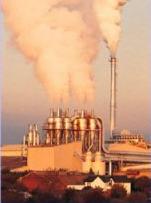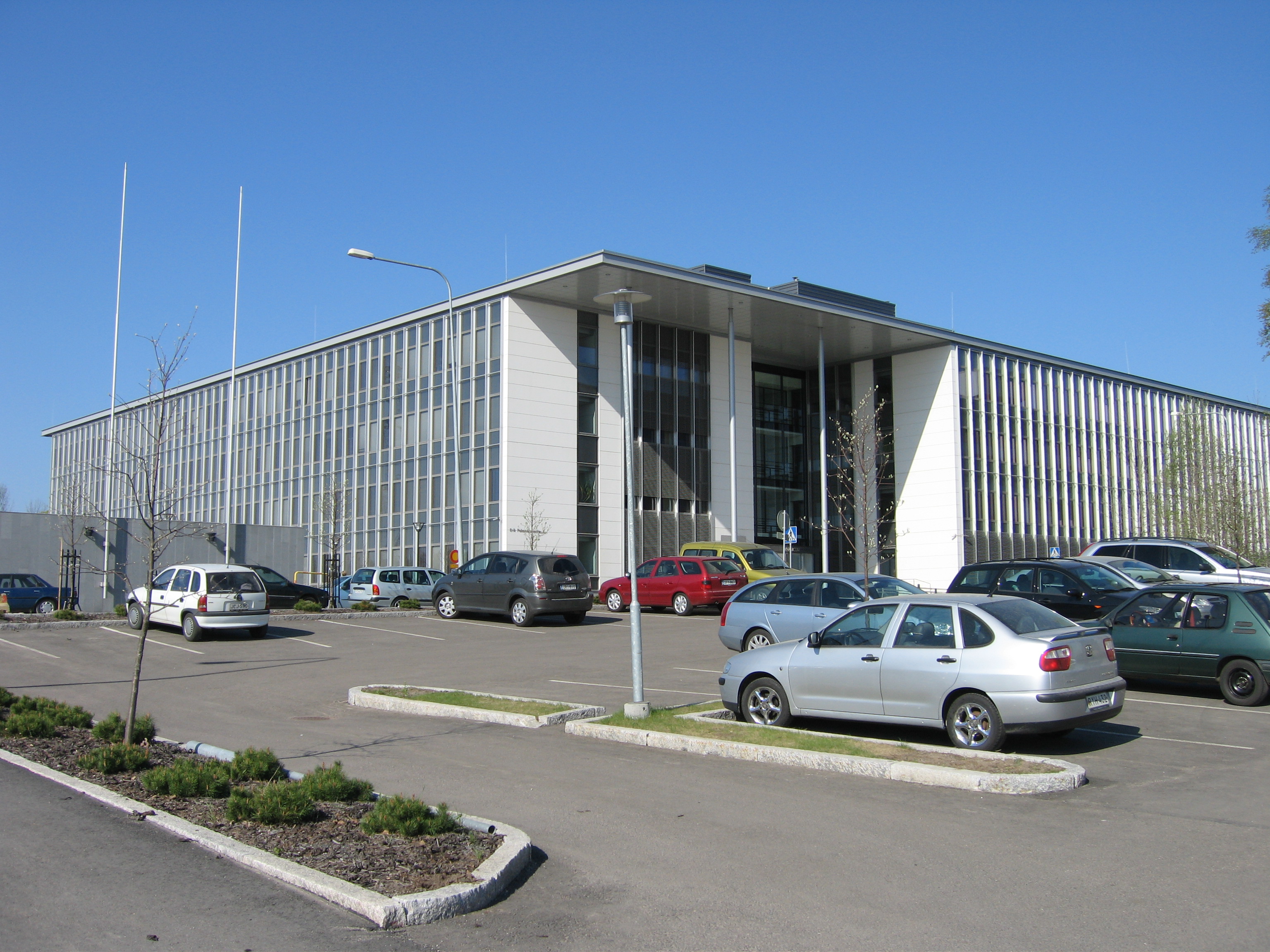|
SILAM
SILAM (System for Integrated Modeling of Atmospheric Composition) is a global-to-meso-scale atmospheric dispersion model developed by the Finnish Meteorological Institute The Finnish Meteorological Institute (FMI; fi, Ilmatieteen laitos; sv, Meteorologiska institutet) is the government agency responsible for gathering and reporting weather data and forecasts in Finland. It is a part of the Ministry of Transport ... (FMI). It provides information on atmospheric composition, air quality, and wildfire smoke (PM2.5) and is also able to solve the inverse dispersion problem. It can take data from a variety of sources, including natural ones such as sea salt, blown dust, and pollen. The FMI provides three datasets based on SILAM: a 4-day global air pollutant (SO2, NO, NO2, O3, PM2.5, and PM10) forecast based on TNO-MACC (global emission) and IS4FIRES (wildfire), a 5-day global wildfire smoke forecast based on IS4FIRES, and a 5-day pollen forecast for Europe. References Atmosp ... [...More Info...] [...Related Items...] OR: [Wikipedia] [Google] [Baidu] |
Atmospheric Dispersion Model
Atmospheric dispersion modeling is the mathematical simulation of how air pollutants disperse in the ambient atmosphere. It is performed with computer programs that include algorithms to solve the mathematical equations that govern the pollutant dispersion. The dispersion models are used to estimate the downwind ambient concentration of air pollutants or toxins emitted from sources such as industrial plants, vehicular traffic or accidental chemical releases. They can also be used to predict future concentrations under specific scenarios (i.e. changes in emission sources). Therefore, they are the dominant type of model used in air quality policy making. They are most useful for pollutants that are dispersed over large distances and that may react in the atmosphere. For pollutants that have a very high spatio-temporal variability (i.e. have very steep distance to source decay such as black carbon) and for epidemiological studies statistical land-use regression models are also used. ... [...More Info...] [...Related Items...] OR: [Wikipedia] [Google] [Baidu] |
Finnish Meteorological Institute
The Finnish Meteorological Institute (FMI; fi, Ilmatieteen laitos; sv, Meteorologiska institutet) is the government agency responsible for gathering and reporting weather data and forecasts in Finland. It is a part of the Ministry of Transport and Communications but it operates semi-autonomously. The Institute is an impartial research and service organisation with expertise covering a wide range of atmospheric science activities other than gathering and reporting weather data and forecasts. The headquarters of the Institute is in Kumpula Campus, Helsinki, Finland. Services FMI provides weather forecasts for aviation, traffic, shipping and media as well as private citizens via internet and mobile devices. It also has air quality services. For sea areas, it provides information about ice cover, sea level changes and waves. In 2013 FMI made openly available data sets such as weather, sea and climate observation data, time series and model data. The open data is targeted to ... [...More Info...] [...Related Items...] OR: [Wikipedia] [Google] [Baidu] |
PM10
Particulates – also known as atmospheric aerosol particles, atmospheric particulate matter, particulate matter (PM) or suspended particulate matter (SPM) – are microscopic particles of solid or liquid matter suspended in the air. The term ''aerosol'' commonly refers to the particulate/air mixture, as opposed to the particulate matter alone. Sources of particulate matter can be natural or anthropogenic. They have impacts on climate and precipitation that adversely affect human health, in ways additional to direct inhalation. Types of atmospheric particles include suspended particulate matter; thoracic and respirable particles; inhalable coarse particles, designated PM, which are coarse particles with a diameter of 10 micrometers (μm) or less; fine particles, designated PM, with a diameter of 2.5 μm or less; ultrafine particles, with a diameter of 100 nm or less; and soot. The IARC and WHO designate airborne particulates as a Group 1 carcinogen. P ... [...More Info...] [...Related Items...] OR: [Wikipedia] [Google] [Baidu] |
Atmospheric Dispersion Modeling
Atmospheric dispersion modeling is the mathematical simulation of how air pollutants disperse in the ambient atmosphere. It is performed with computer programs that include algorithms to solve the mathematical equations that govern the pollutant dispersion. The dispersion models are used to estimate the downwind ambient concentration of air pollutants or toxins emitted from sources such as industrial plants, vehicular traffic or accidental chemical releases. They can also be used to predict future concentrations under specific scenarios (i.e. changes in emission sources). Therefore, they are the dominant type of model used in air quality policy making. They are most useful for pollutants that are dispersed over large distances and that may react in the atmosphere. For pollutants that have a very high spatio-temporal variability (i.e. have very steep distance to source decay such as black carbon) and for epidemiological studies statistical land-use regression models are also use ... [...More Info...] [...Related Items...] OR: [Wikipedia] [Google] [Baidu] |

